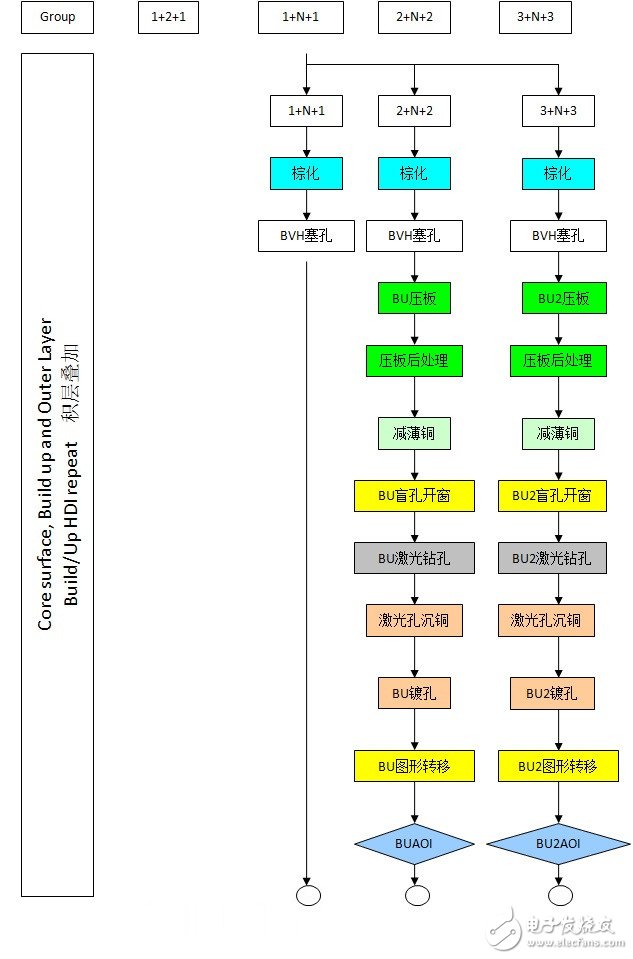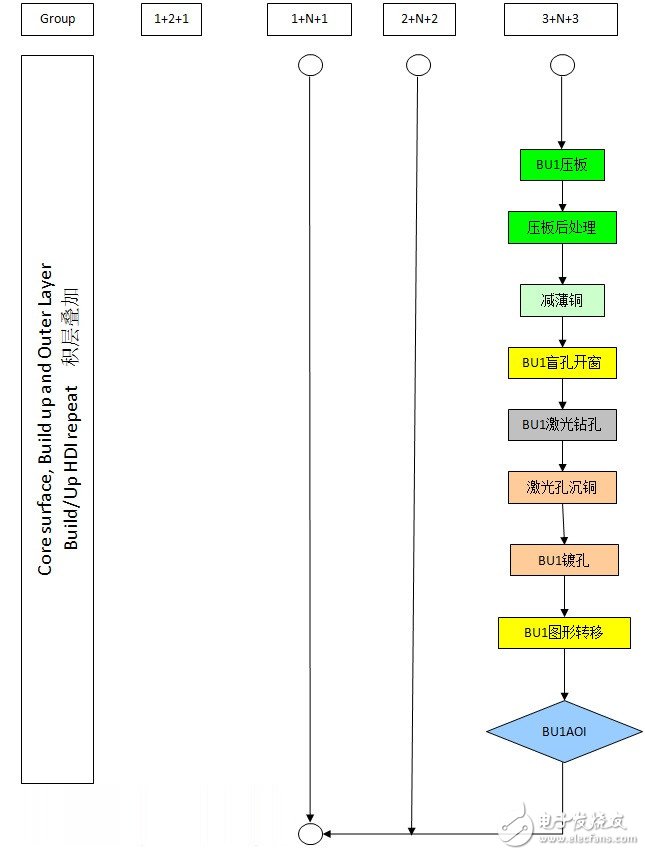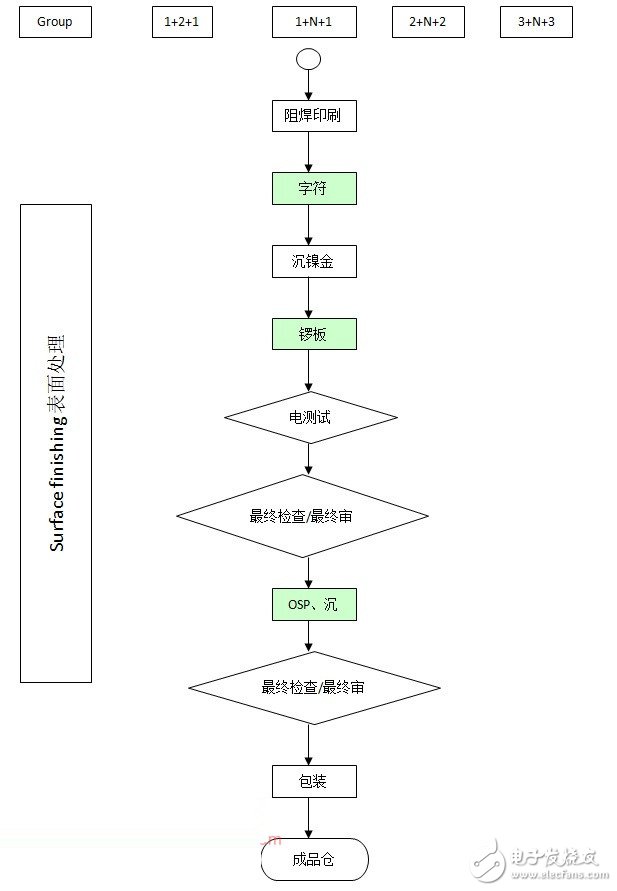The HDI (High Density Interconnector) board, that is, the high-density interconnection board, is a circuit board having a relatively high line distribution density using the micro-bump buried hole technology. It is a process that includes an inner layer line and an outer layer line, and then uses a hole and a metallization in the hole to realize a joint function between the inner layers of each layer. With the development of high-density, high-precision electronic products, the same requirements are imposed on circuit boards. The most effective way to increase the density of pcb is to reduce the number of through holes, and to accurately set the blind holes and buried holes to achieve this requirement, thereby generating an HDI board. The AET-PCB segment will be divided into engineering, material selection, processing techniques for PCB factories that electronics engineers care about.
First, the concept
HDI: High Density InterconnecTIon Technology High Density Interconnect Technology. It is a multilayer board made by a build-up method and a micro-blind buried hole.
Micropores: In a PCB, a hole less than 6 mil (150 um) in diameter is called a microwell.
Buried hole: Buried Via Hole, buried in the inner layer of the hole, not visible in the finished product, mainly used for the conduction of the inner layer line, can reduce the probability of signal interference, and maintain the continuity of the characteristic impedance of the transmission line. Since the buried via does not occupy the surface area of ​​the PCB, more components can be placed on the surface of the PCB.
Blind hole: Blind Via, connecting the surface layer and the inner layer without passing through the full-page via holes.
Second, the process
High-density interconnect technology can be divided into first-order process: 1+N+1; second-order process: 2+N+2; third-order process: 3+N+3.




Led Flood light also known as the spotlight. it is able to aim in any direction and has a structure unaffected by climatic conditions.
It is mainly used for large area operation field, building outline, stadium, overpass, monument, park and flower bed, etc. Therefore, almost all large area lighting lamps used outdoors can be regarded as projection lamps.
The Angle of the outgoing beam of the projection lamp varies from wide to narrow, and the range of variation is 0°~180°, among which the beam of the particularly narrow beam is called the searchlight.
Flood Lamp,Projector Lights,Led Flood Lights,Outdoor Led Flood Lights
Jilin Province Wanhe light Co.,Ltd , https://www.wanhelight.com